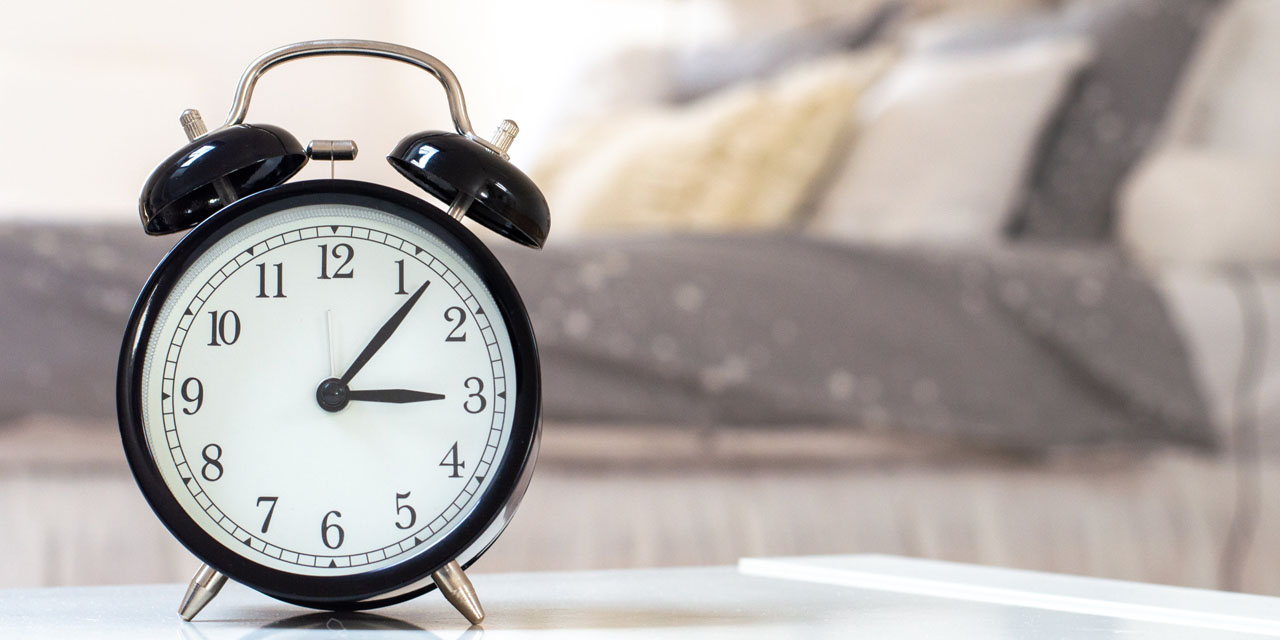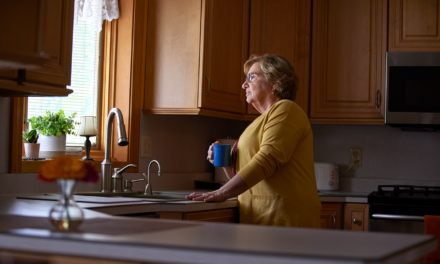Every Autumn, we say good-bye to Daylight Saving Time and hello to Standard Time when most Americans turn their clocks back one hour. Daylight Saving Time officially ends at 2:00 am on the first Sunday in November, this year on November 1.
Winston Churchill once described Daylight Saving Time like this: “An extra yawn one morning in the springtime, an extra snooze one night in the autumn… We borrow an hour one night in April; we pay it back with golden interest five months later.”
In reality, according to Alexander Gelfer, MD, SleepCare medical director of SleepCare at Kenmore Mercy Hospital and Sisters of Charity, St. Joseph Campus, “It results in a shift in the body’s daily sleep-wake cycle and can disrupt sleep for several days.”
“In reality, Daylight Saving Time results in a shift in the body’s daily sleep-wake cycle and can disrupt sleep for several days.”
A review in the journal Sleep Medicine Reviews by Dr. Yvonne Harrison, a senior lecturer at Liverpool John Moores University in England, decidedly agrees, noting that the small one-hour shift in the sleep cycle can affect sleep for up to a week.
Until then, falling asleep and waking up later can be harder. If you are getting seven to eight hours of sound sleep and go to bed a little early the night before, you may wake up feeling refreshed. If you are sleep-deprived already, getting by on six hours, you’re probably in a bit of trouble, especially if you consume alcohol or caffeine close to bedtime. For some, this leads to decreased work performance, concentration, and memory, common to sleep-deprived individuals, as well as daytime sleepiness. One study showed fatal traffic accidents increase the Monday after both time changes also.
Healthy Ways to ‘Fall Back’ into Better Sleep Habits
Dr. Gelfer provides to the following tips to help ensure a safe and healthy time change:
1
Make gradual transition into the time change
A week before Fall Back, go to bed and wake up 10 minutes to 15 minutes later each day to slowly adjust.
2
Stick to your normal schedule
Go to bed and wake up at the same time each day. This helps your body regulate its sleep pattern and get the most out of the hours you sleep.
3
Avoid screen time close to bedtime
Electronics’ high-intensity light hinders melatonin, a hormone that triggers sleepiness. It stimulates your brain and makes sleep difficult the same way sunlight does.
4
Avoid stimulating substances
Alcohol and caffeine (found in coffee, tea, chocolate, and some pain relievers) can interfere with sleep.
5
Create a sleep-friendly environment
Consider using sleep shades, earplugs, a white-noise machine. Make sure you dim your lights when you want to signal to your body that it’s time to go to sleep. Light suppresses the secretion of the sleep-inducing substance melatonin. So it is important to expose yourself to the light during the waking hours as much as possible, and conversely, do not expose yourself to bright light when it is dark outside.
If you experience a prolonged adjustment in your sleep patterns following the time change, consider sleep medicine. Learn more about sleep disorders and treatment at chsbuffalo.org/services/sleep-disorders.
Find a Sleep Medicine Specialist Near You
Call (716) 706-2112
Find a Sleep Medicine Specialist Near You
Call (716) 706-2112





